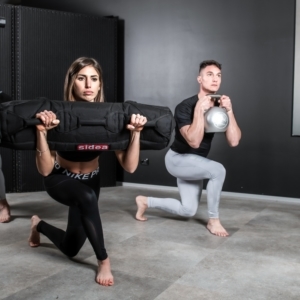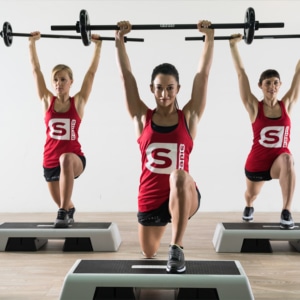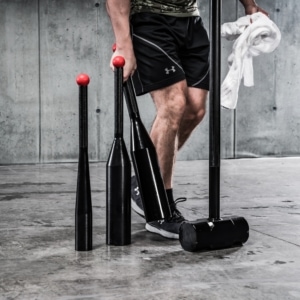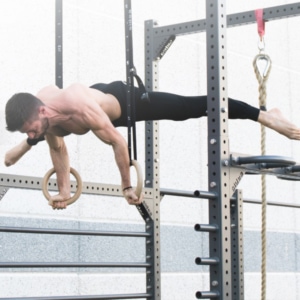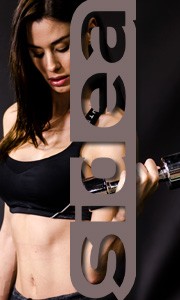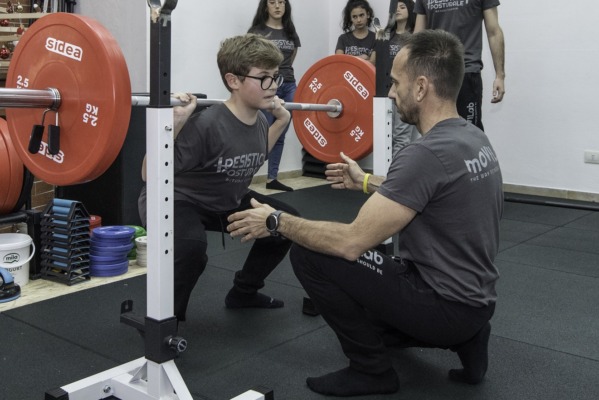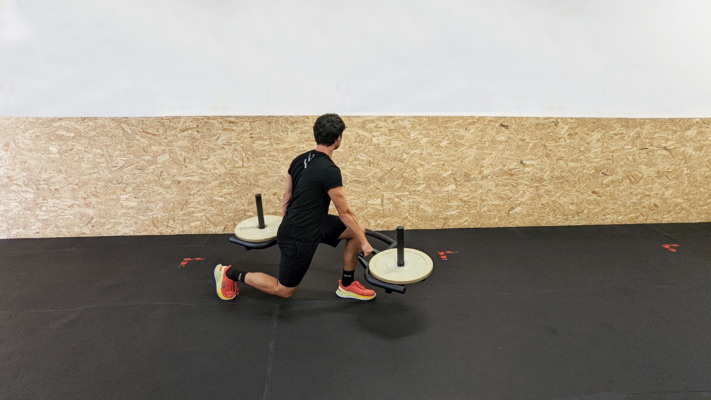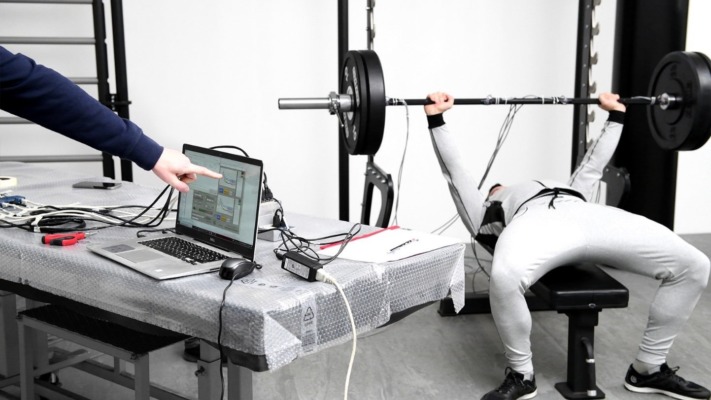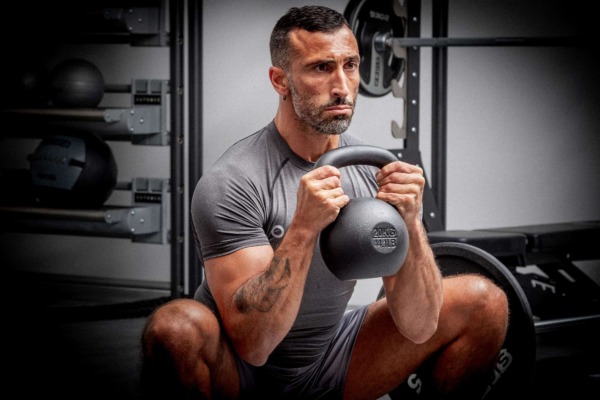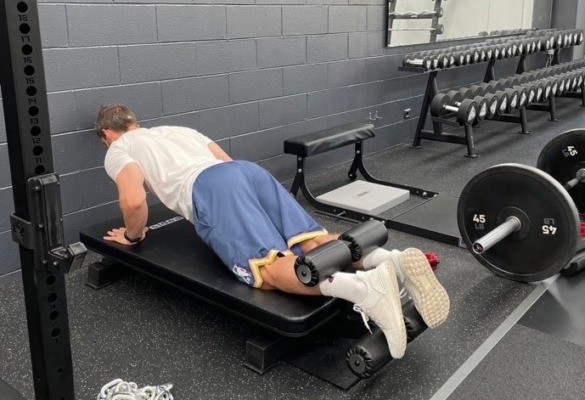🇮🇹 Leggi in Italiano
Christmas holidays are over, but the excesses of the celebrations in terms of binge-eating are still here with us and they are not easy to be deleted. The crazy run to sign up in the gyms has started, the swimsuit season is still far, but it starts to loom over all of us. Nevertheless, a strict diet or a single fitness course will not be enough to get back in shape, as to get rid of the holydays overweight it is necessary to train with constancy and to change our lifestyle.
Which are the suggested activities to start this path?
One of the most common (but at the same time wrong) remedy is surely a long-lasting cardio training. The concept of “more calories ingested = more calories to be consumed” is not completely wrong, but focusing only on cardiovascular activities will not help you getting back in shape soon.
An optimal solution could be alternating a cardio activity with some weight exercise. Usually during the holidays, we do not just increase the caloric intake, but we also reduce the physical activity. A good workout with weights will help you reactivating your muscles and stimulating the whole hormonal system linked with this kind of training.
Try to alternate 10 minutes of cardiovascular activity, at a medium intensity, with sets of 15 minutes of weight training. Repeat this combination 2 or 3 times: through the cardio activity you will improve the calorie consumption, while through weight training you will keep your muscular tone and strength.
High-intensity training to get back in shape after the holidays?
Another common mistake is the sudden increase of the training intensity in order to “balance” the excesses of the holidays. Trying to get rid of all the exceeding calories, many people sign up for high-intensity training courses or circuits.
This is a mistake for 2 main reasons:
- After a period of inactivity (or reduced activity) it’s really counterproductive to start a high-intensity training, as the body will hardly be able to keep that level of intensity and this would affect the workout also from a technical point of view. As a result of this, you could incur injuries, be unable to finish your training session or need more resting time to recover.
- Binge-eating could leave you as a “present” some overweight: more weight to be moved could mean an excessive effort for your joints and muscles when you perform exercises like jumps, leaps, sprints etc.
So if you are used to H.I.I.T. or similar activities, my advice is to continue but, for at least the first two weeks, to reduce both the total duration of the training sessions and the T.U.T. (time under tension) of every single exercise. If you are a neophyte of this training method, my advice is to dedicate some week to a mixed workout, with aerobic activity and weight training, before to commit to this kind of training.
SIDEA NEWSLETTER
Sign up with your email address to receive news, events and focus articles about Sidea and OUTRACE
Another myth: abdominal crunches yes or no?
One of the most frequent questions I receive is: “If I have some overweight should I do abdominal crunches? Wouldn’t that increase furtherly my abdominal girth? If I only do crunches, would I burn fat above the abs?”
The abdomen is surely one of the parts of the body people are most concerned about, but this doesn’t mean that it should be trained differently. To burn fat, you don’t have to only do crunches: you would only get backache!
If you keep toning your abs through specific exercises for its activation, you will be able to keep a good posture and to perform all the other exercises safely and correctly. This won’t increase its girth, but together with the other activities, it will contribute getting you back in shape.
So, to recap, try to perform 60-70 minutes of physical activity every time, alternating both aerobic and anaerobic elements. My advice is to do at least 2 workout sessions every week and then, progressively, to increase both the duration and the intensity of the workout from the end of the second week.
Let’s talk about nutrition: fasting after the holidays
A common technique to get back in shape after the holidays is to refrain from eating for hours.
Fasting won’t help you reaching your goal in less time, but actually it will work against you, as it will cause a metabolic unbalance (lowering the basal metabolic rate, which is the energy our body burns at rest) and induce you to starving conditions. When we starve, we are inclined to eat more when we decide to give in to our hunger. The advice is to rather lightly lower your calories intake while keeping high your level of satiety by eating “smart food” full of fibers, such as vegetables, fruits and wholegrain cereals, or protein food that will allow us to keep the sense of satiety for more time, like meat or fish.
And a ketogenic diet?
Another growing trend is to completely remove carbs from our diet, as if they were the devil. Another mistake: carbs are a nutrition source for our organism, therefore they must not miss in our diet. Always include wholegrain cereals, legumes, fibrous vegetables and fruits, which are great allied of our health as they provide fibers, minerals and vitamins. They are particularly helpful also for your workout, as they provide you an optimal energy supply, if eaten a few hours before the training session.
The secret to get back in shape in short time is the balance
The right diet to get back in shape after the holidays is only one, and it consists in a balance between carbs, fats and proteins (ranked for quantity) and in a constant hydration. Never forget to bring with you a water bottle in gym and to drink at least 2 liters per day.
Written in collaboration with the dietician Valeria Verona
- Professional athletic trainer and high-intensity training specialist.
- Physical trainer for Cesena Calcio football club for three seasons (2015-16, 2016-17, 2017-18) as strength and conditional coach.
- Fitness consultant as regards training scheduling and the evaluation of the functional training activities, athletic preparation and online coaching.



